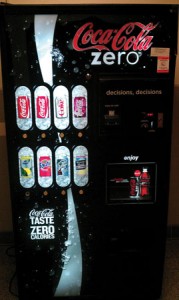 Every student knows that teachers can be divided into two categories: teachers who allow drinks in class and teachers who don’t.
Every student knows that teachers can be divided into two categories: teachers who allow drinks in class and teachers who don’t.
Drinks like Gatorade and Powerade are popular drinks among students and are often considered a better choice than the school provided milk cartons or the school water fountains. It’s important that students be allowed to bring their drinks to class to keep them from leaving class for water or from getting tired due to a long day with little sustenance.
Many students leave the classroom to go get water from the water fountain at all hours of the school day. This trip can take anywhere up to five minutes, depending on the location of the class in relation to the location of the water fountain. Students often use this as an excuse to miss parts of class as well. If students are allowed to bring drinks such as Gatorade into class, then this would cut down on the flow of students leaving the class for five to ten minutes to “get a drink of water.”
If anything, teachers would be able to keep students in class longer without the interruption of students going in and out of class at random points in the class.
Teachers also have problems with students sleeping in class and each school day students come to school armed with caffeine to keep them awake. This often comes in the form of sodas or drinks that contain sugar. If a student has a Gatorade or a soda in class, they should be allowed to drink it for it gives them the energy to write down that last section of notes the teacher slips in before the class ends or to wrap up an essay the student has been working on all class.
Admittedly, all that caffeine and sugar may cause students to be more social and less willing to focus and listen to their teachers. This is an acceptable argument, but by the time students have reached high school, students shouldn’t be too affected by sugar and caffeine drinks like a young child. If a student chooses to be social, that’s a decision that’s already been made and has very little to do with the contents of a popular sports drink or soda.
Energy drinks such as Monster and Red Bull have been banned in Fairfax schools for a few years now. These drinks are made with many unhealthy chemicals and ingredients that are undecipherable to the average consumer, as well as large portions of caffeine and sugar. These drinks are often confused with sports drinks and sodas that do not contain half of the amount of unhealthy chemicals, caffeine or sugar and are not banned from Fairfax County Schools. This confusion only adds furthers argument of the teachers who are against sports drinks, though most teachers conveniently forget that many of their colleagues drink sodas and sports drinks in the classroom.
In the end, there are more pros than cons supporting sports drinks and sodas being allowed in the classroom. Now that sports drinks have become a popular part of a students school day, the school should change its policy so that all drinks in the vending machines in AHS should be allowed in classrooms whether the teacher likes it or not.
Written by Sam Converse, Staff Writer



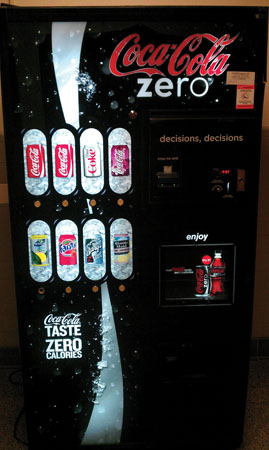
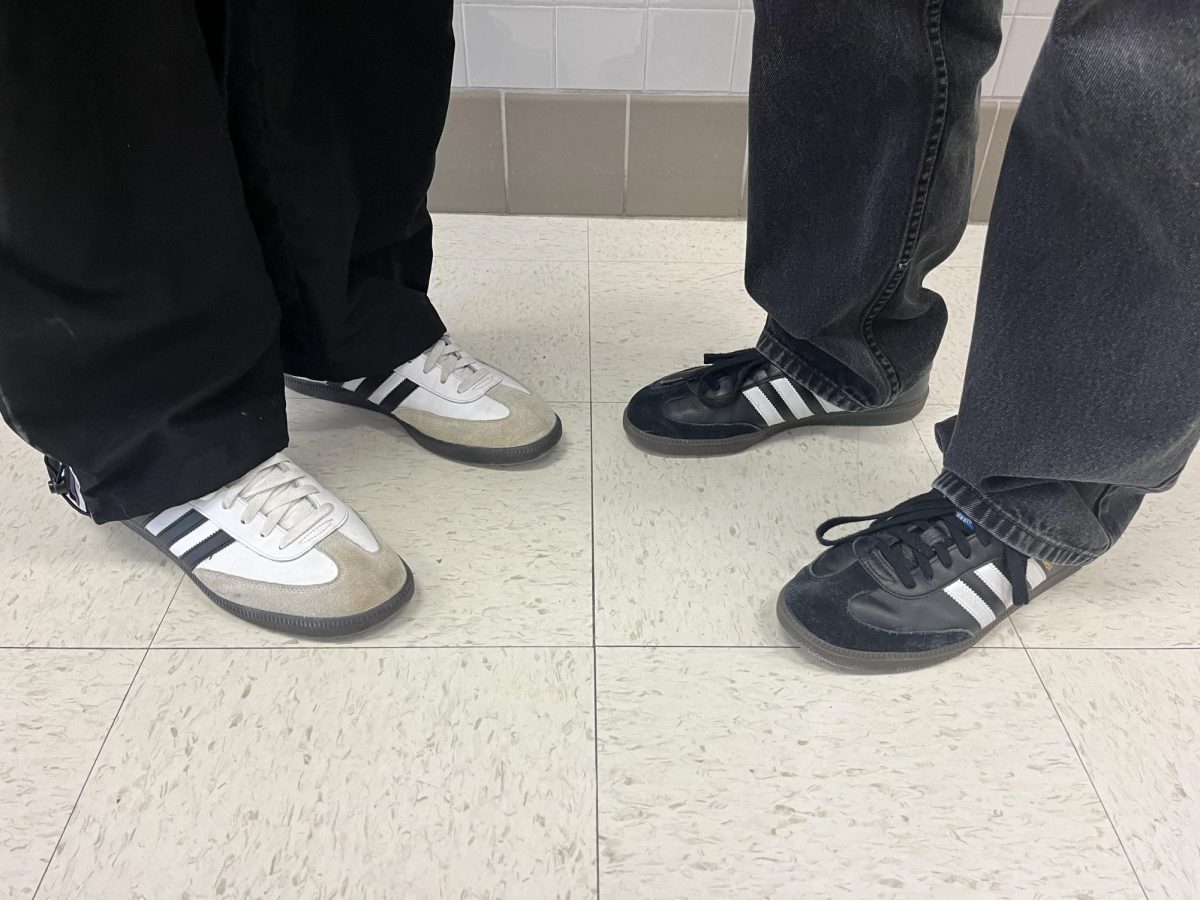
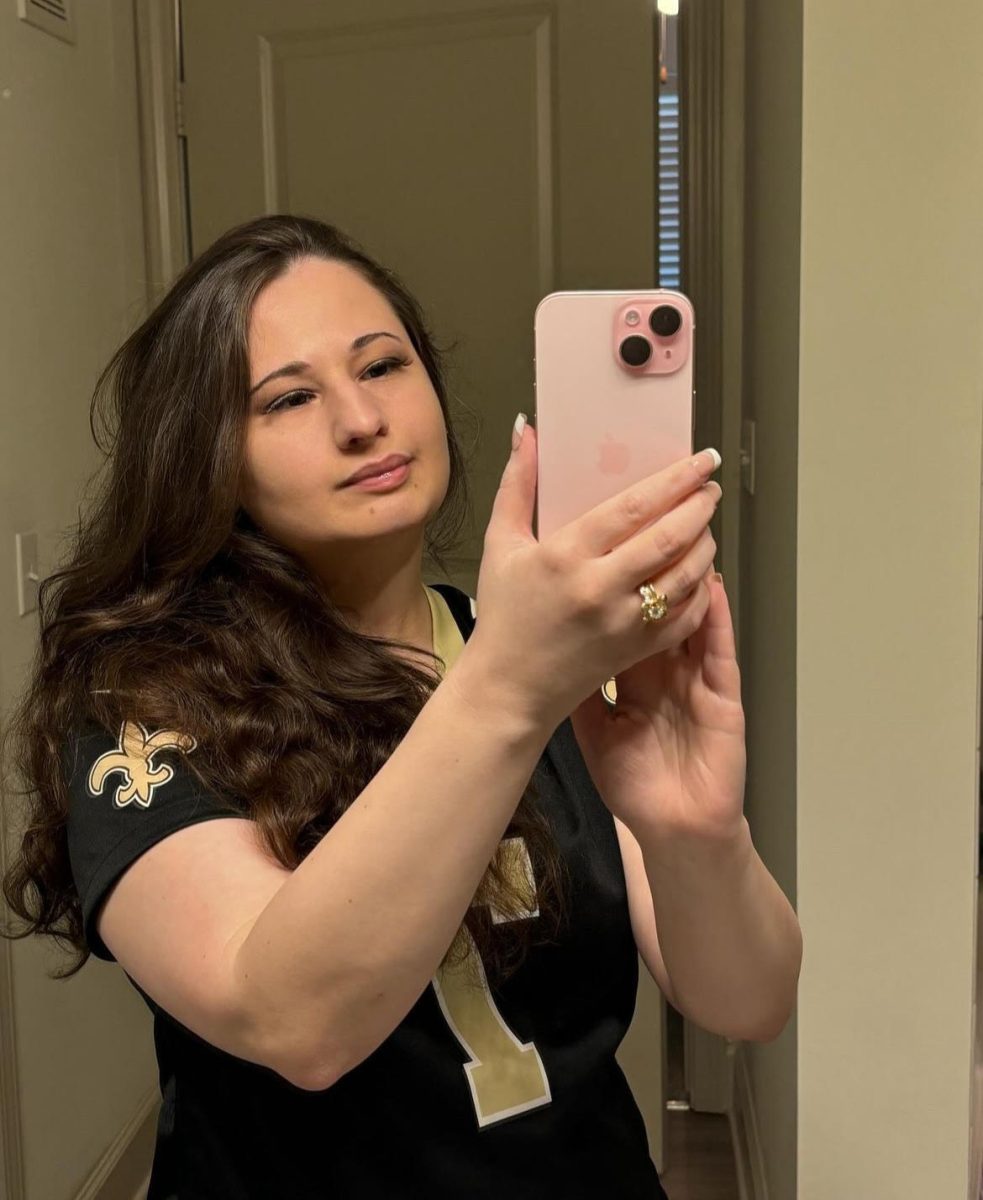
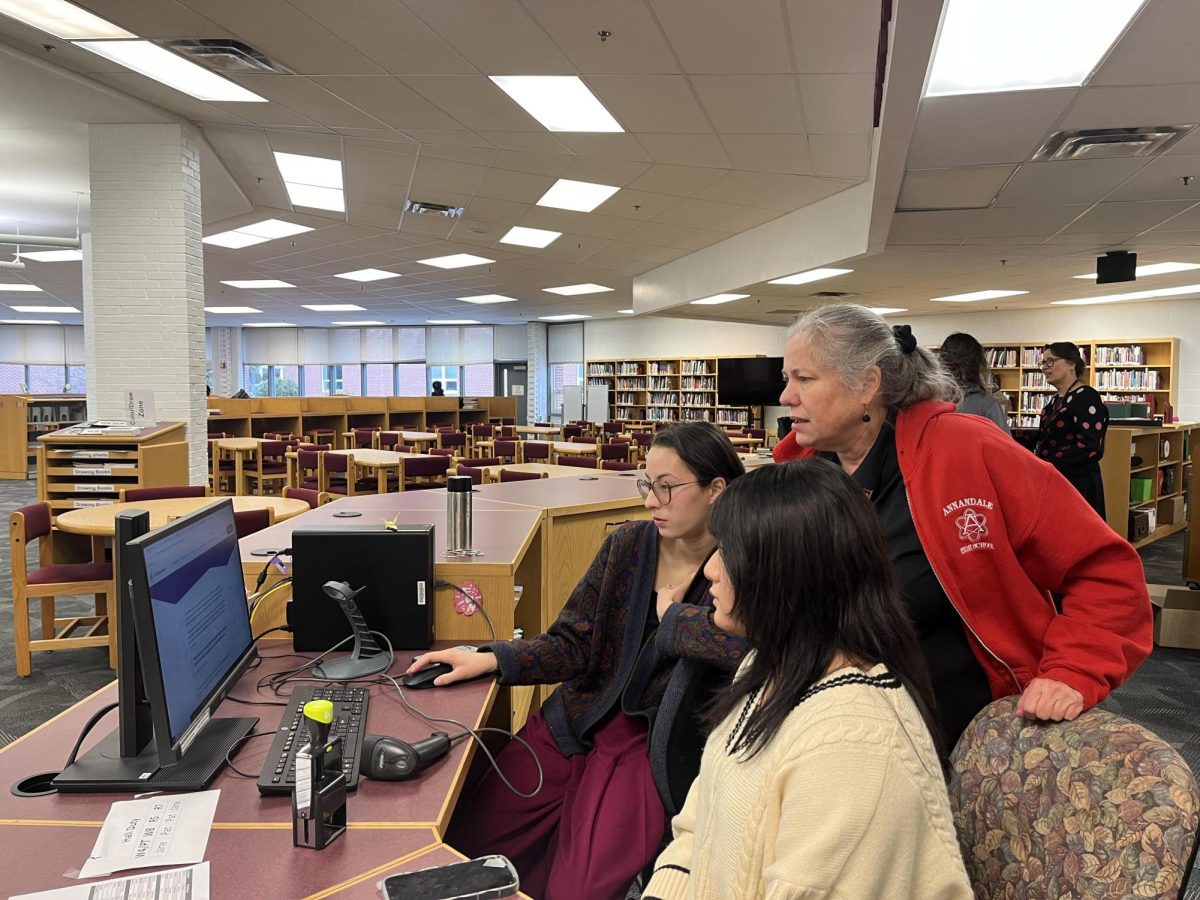
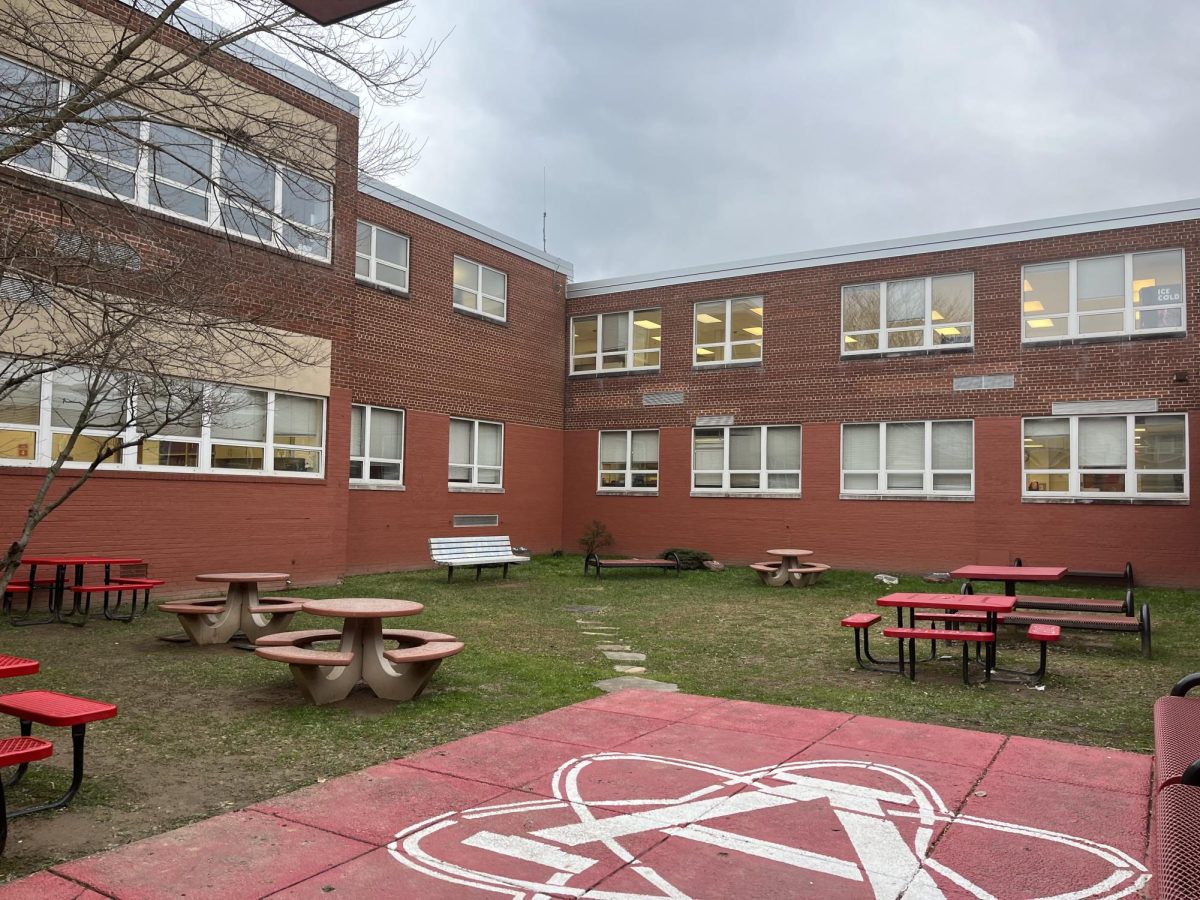
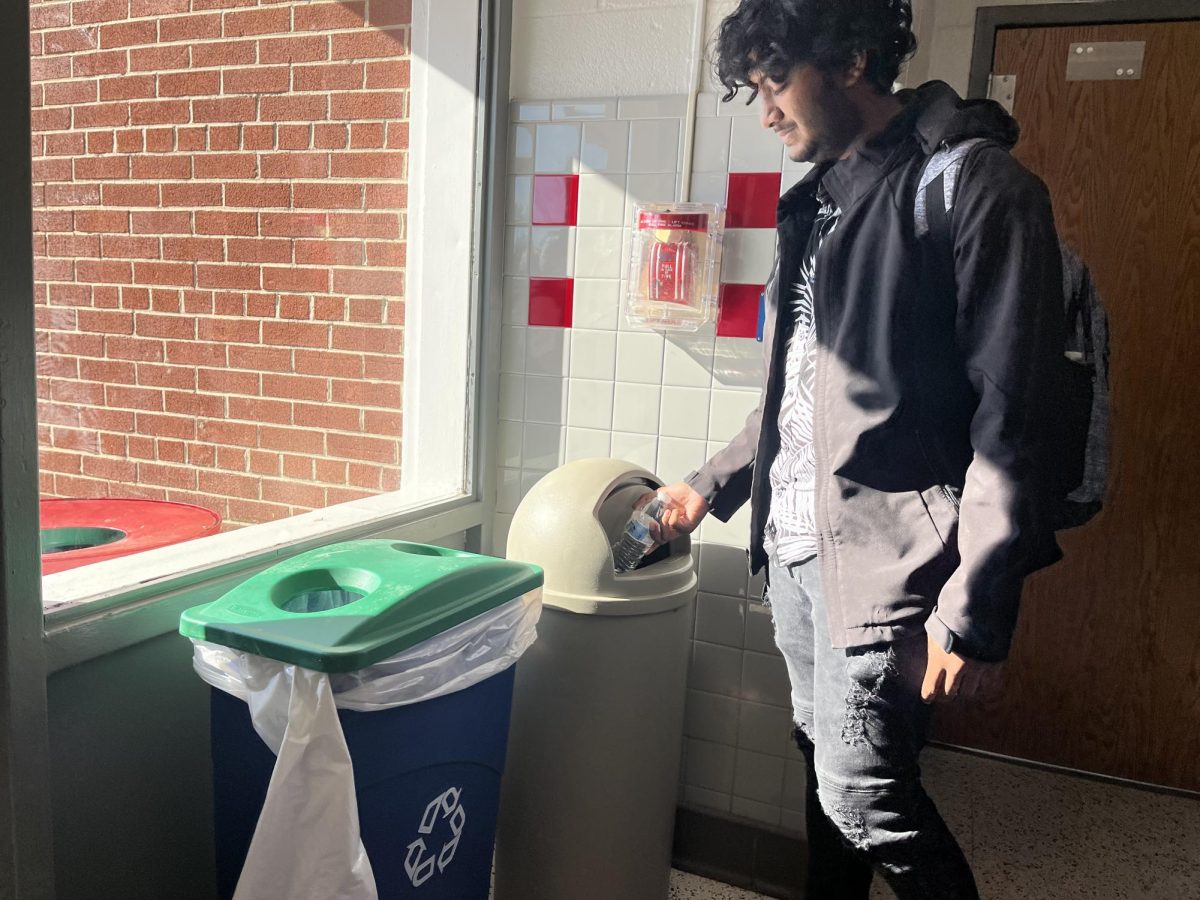
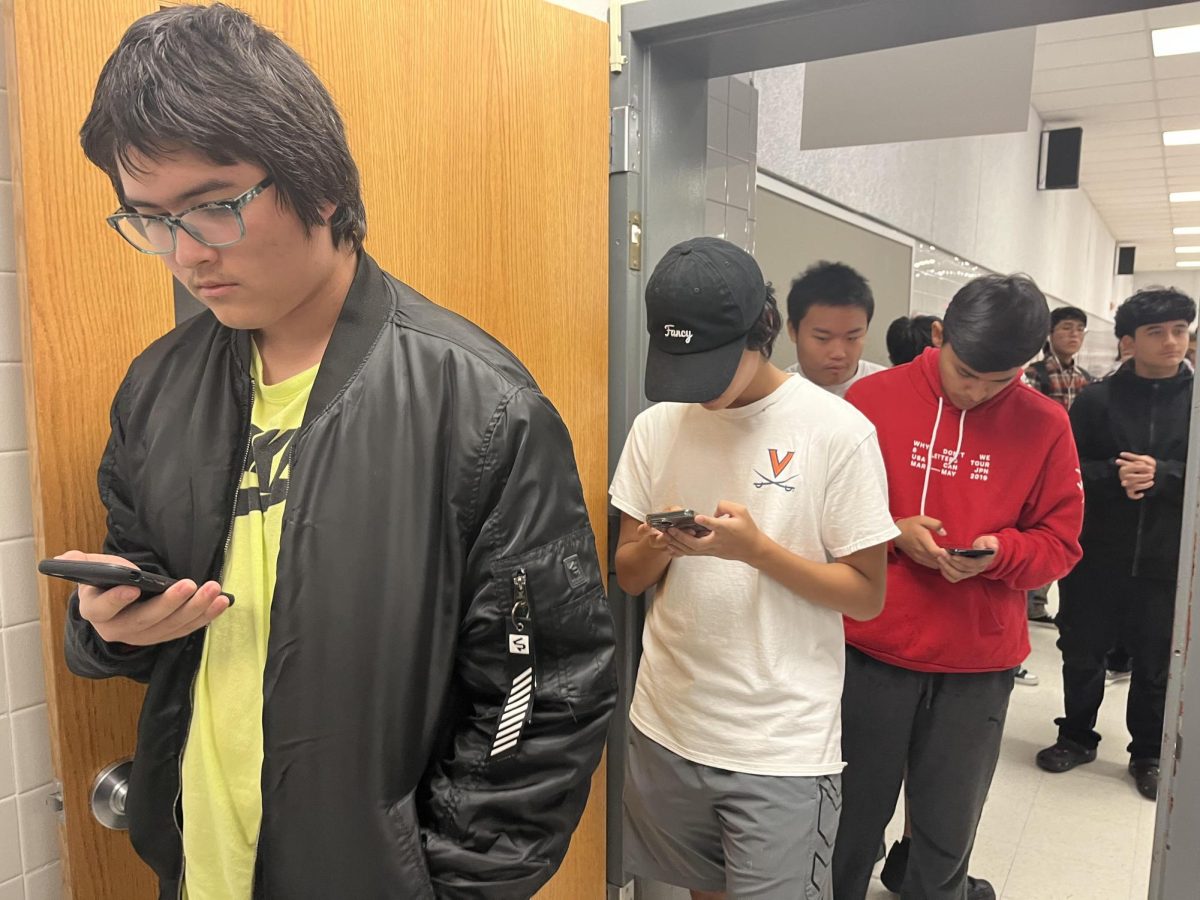
zegarki timex • Jul 18, 2013 at 4:30 am
I read this article completely concerning the comparison of hottest and previous technologies, it’s awesome article.